Boys Over Flowers (also known as BOF) is a 2009 South Korean romantic comedy-drama that turned into a cultural phenomenon across Asia. Adapted from the famous Japanese manga Hana Yori Dango, this drama blends romance, comedy, and schoolyard melodrama, all wrapped up in a whirlwind of emotions.
The story follows a working-class girl who suddenly finds herself in the exclusive world of Korea’s elite, crossing paths (and butting heads) with a group of rich, influential boys. It’s a tale of class clashes, unforgettable friendships, and love that stirs chaos and healing in equal measure.
Here’s a deep dive into what makes Boys Over Flowers so iconic — its plot, cast, production, standout moments, cultural significance, and more. Whether you’re new to K-dramas or simply curious about what made this show a gateway drama for so many fans, this review will walk you through everything you need to know without spoiling the magic.
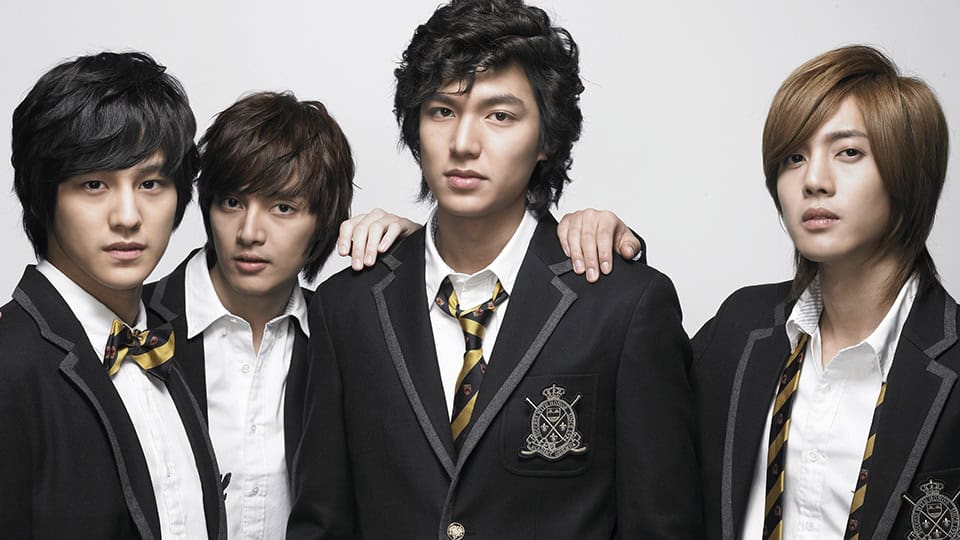
Jump to:
🎞️ Synopsis
Geum Jan-di is your everyday girl from a humble background, working at her family’s dry-cleaning shop. Her life takes a sharp turn when she receives a scholarship to the ultra-exclusive Shinhwa High School, home to the children of Korea’s richest and most powerful families.
There, she crosses paths with the F4, a legendary group of four handsome, wealthy boys who rule the school. When Jan-di challenges the bullying behavior of their leader, Gu Jun-pyo, she becomes a target — but also captures his attention.
As Jan-di navigates an unfamiliar world of wealth and status, she also finds unexpected friendships and love triangles that complicate everything. No spoilers here, but the drama delivers a fairytale-like tale of resilience, identity, and the unpredictable nature of young love.
🎥 Production Details
Director & Writer
Directed by Jeon Ki-sang and written by Yoon Ji-ryun, the show captures the emotional highs and lows of adolescence with flair. Jeon brought his signature vibrant, stylish touch, while Yoon adapted the beloved manga with a distinctively Korean twist.
Cast
- Lee Min-ho as Gu Jun-pyo — a spoiled, arrogant heir who slowly learns vulnerability. This was Lee Min-ho’s breakout role, and for good reason.
- Kim Hyun-joong as Yoon Ji-hoo — the soft-spoken, musical, and gentle second lead.
- Kim Bum and Kim Joon as Yi-jung and Woo-bin, the remaining F4 members, bring their own charm and depth, with Kim Bum’s storyline especially standing out.
- Kim So-eun as Ga-eul, Jan-di’s best friend, shines in a sweet side-romance.
- Ku Hye-sun as Geum Jan-di — fiery, relatable, and brave. Her portrayal as the underdog heroine won hearts across Asia.
Network & Episodes
Originally aired on KBS2, the drama consists of 25 hour-long episodes that aired from January to March 2009. Despite some production setbacks, the show wrapped up successfully and has since been broadcast in multiple countries and made available on popular streaming platforms.
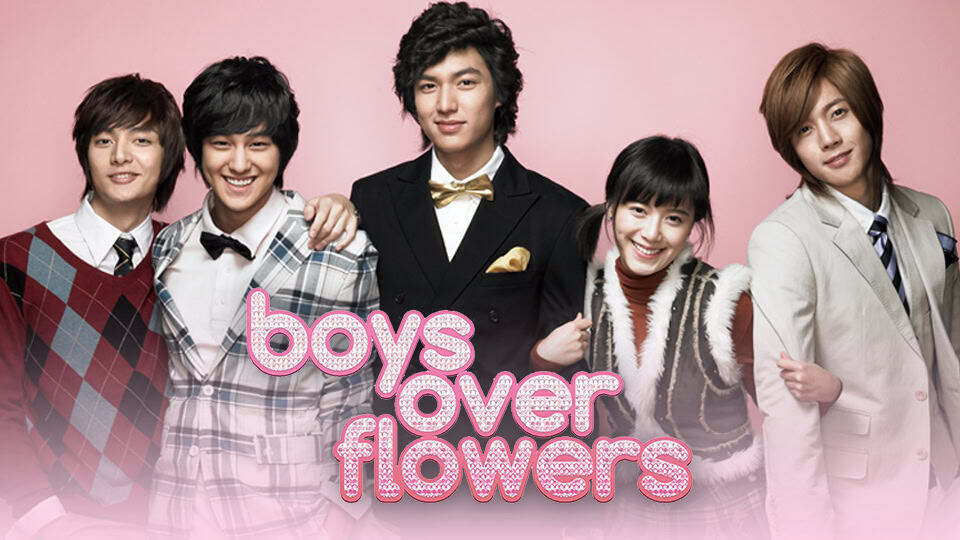
📝 Detailed Analysis
Plot Development
From the very first episodes, the drama grabs your attention. The story unfolds at a quick pace, taking viewers from classroom showdowns to luxurious getaways in Macau and New Caledonia. While the plot follows the familiar "rich boy, poor girl" arc, it throws in just enough surprises and emotional depth to keep you hooked.
The drama dips into classic melodrama territory with sudden accidents, interfering parents, and a love triangle that tugs at the heart. Yes, it gets a little chaotic at times, but that's part of its magic. The storytelling balances comedy, romance, and teen angst in a way that makes each episode feel like an event.
Characterization
Each character leaves a mark. Jan-di is feisty and unafraid to stand up to injustice. Jun-pyo is a spoiled brat with a vulnerable core, and his transformation is one of the show’s most satisfying arcs. Ji-hoo’s quiet devotion and emotional complexity offer a softer dynamic.
Yi-jung and Woo-bin bring humor and charisma, though their personal development isn’t as central. Supporting characters like Jan-di’s family and Ga-eul add heart and relatable contrast to the glitz of Shinhwa High.
Themes and Messages
The drama explores class division, the pressure of wealth and status, and the transformative power of friendship and love. Jan-di’s outsider status highlights how cruel and shallow the world of privilege can be. Yet her resilience proves that strength doesn’t come from money, but from character.
Themes of justice, identity, and self-worth run throughout. The show doesn’t pretend to be a social critique, but it subtly reflects real tensions in Korean society regarding class, appearance, and youth expectations.
Cinematography and Soundtrack
Visually, the show is glossy and vibrant, with scenes shot in luxurious mansions, exotic destinations, and glimmering school halls. Costume design helped define early 2000s K-drama fashion, and the signature curly hairstyle of Jun-pyo became instantly iconic.
The soundtrack? Completely unforgettable. T-Max’s "Paradise" will get stuck in your head, and ballads like "Because I’m Stupid" elevate every emotional moment. Each track is perfectly timed to stir emotion, making scenes even more memorable.

🪭 Cultural Context
Boys Over Flowers shines a light on Korean chaebol culture — the immense power and privilege held by family-run conglomerates. Shinhwa High is an exaggerated symbol of wealth and class segregation. Watching Jan-di disrupt that world with her presence brings cultural tension to the forefront.
The drama also played a major role in popularizing the "kkotminam" (flower boy) trend — stylish, soft-featured male leads that challenged traditional masculinity. It mirrored and influenced shifts in Korean youth culture and beauty standards at the time.
💭 Comparisons
- The Heirs (2013): Another high school drama starring Lee Min-ho. It explores similar themes but with a slightly more mature, polished tone.
- Meteor Garden / Hana Yori Dango: Other adaptations of the same source material. Each version brings its own cultural flavor and storytelling approach.
- You’re Beautiful, Flower Boy Ramen Shop: For more flower boy-themed dramas with a fun, youthful vibe.
Boys Over Flowers sits at the root of this K-drama tree, influencing an entire generation of dramas that followed.
Personal Impressions
One of the drama’s biggest strengths is how addictive and entertaining it is. From cliffhangers to character chemistry, each episode brings moments that are either heart-fluttering or hilariously over-the-top.
The romance, the tension, and the dreamy visuals make it easy to see why this drama became a defining classic. The soundtrack also plays a big role in enhancing its emotional impact, with every song perfectly tailored to the scenes.
Of course, Boys Over Flowers isn’t perfect. Some plotlines lean a little too hard into melodrama, and there are tropes that feel dated by today’s standards. Certain characters, like Woo-bin, could have used more development, and not every twist lands smoothly. Still, if you approach it as a fun, fairytale-like ride, these quirks become part of its charm.
The drama also delivers several memorable moments that stay with you. From Jan-di’s iconic cafeteria showdown to the scenic getaway confessions and Ga-eul and Yi-jung’s quieter love story, these scenes bring out the heart and humor that make Boys Over Flowers so rewatchable. It’s no surprise that many fans keep returning to this one for a dose of nostalgic comfort.
🧑 Audience Reception
The drama hit over 30% viewership ratings in South Korea and became a full-blown phenomenon. It turned Lee Min-ho and the rest of F4 into instant stars and made its way into households across Asia, Europe, and Latin America. Awards rolled in, including Best New Actor for Lee Min-ho and Best Soundtrack wins.
Fans embraced its fairy-tale storytelling, emotional highs, and lovable characters. While critics noted its melodrama and materialistic undertones, the show’s cultural impact and replay value can’t be denied.
🤔 Thoughts
Boys Over Flowers is the epitome of a K-drama classic: a little chaotic, a little cheesy, but full of charm and heart. If you’re into swoony moments, passionate love triangles, and stories about underdogs taking on the rich and powerful, this drama is for you.
Perfect for first-time K-drama viewers and nostalgic fans alike, it’s a wild, romantic ride that leaves you humming the soundtrack long after the final episode. Don’t be surprised if you end up watching it more than once — this one has staying power.

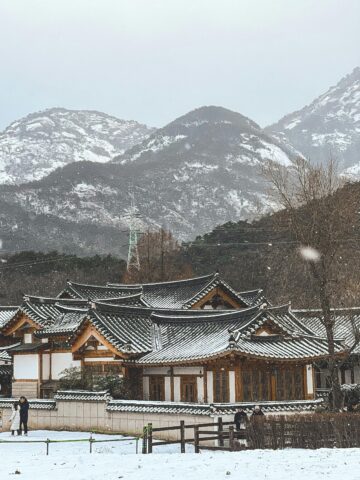
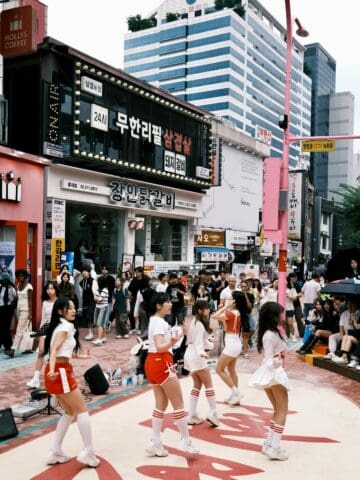

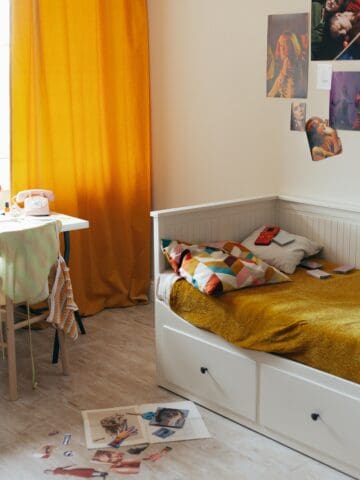
Comments
No Comments